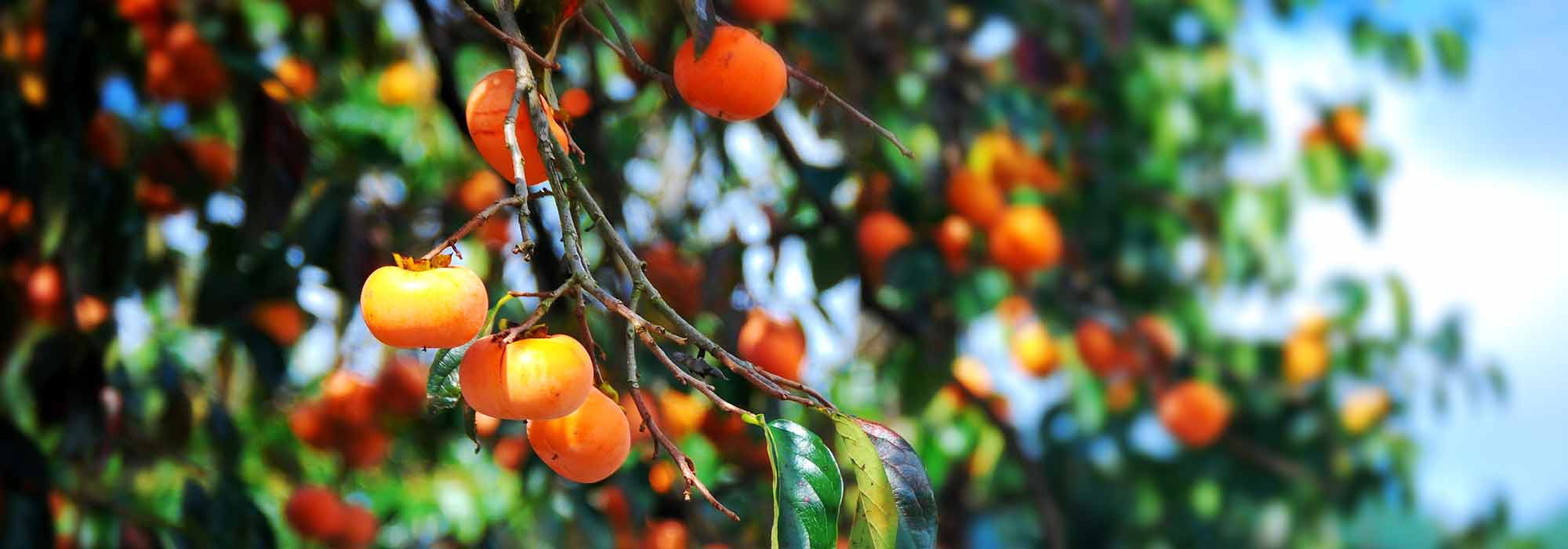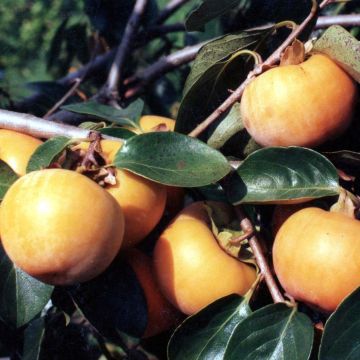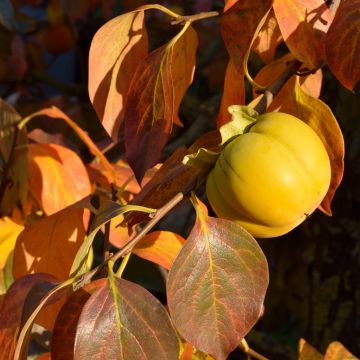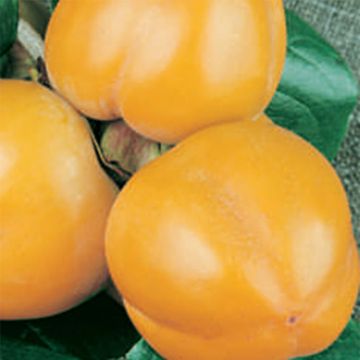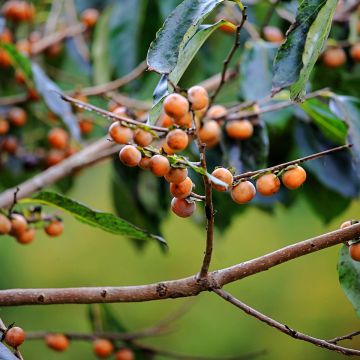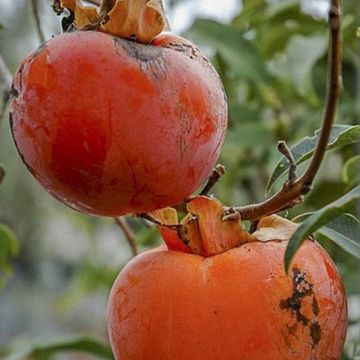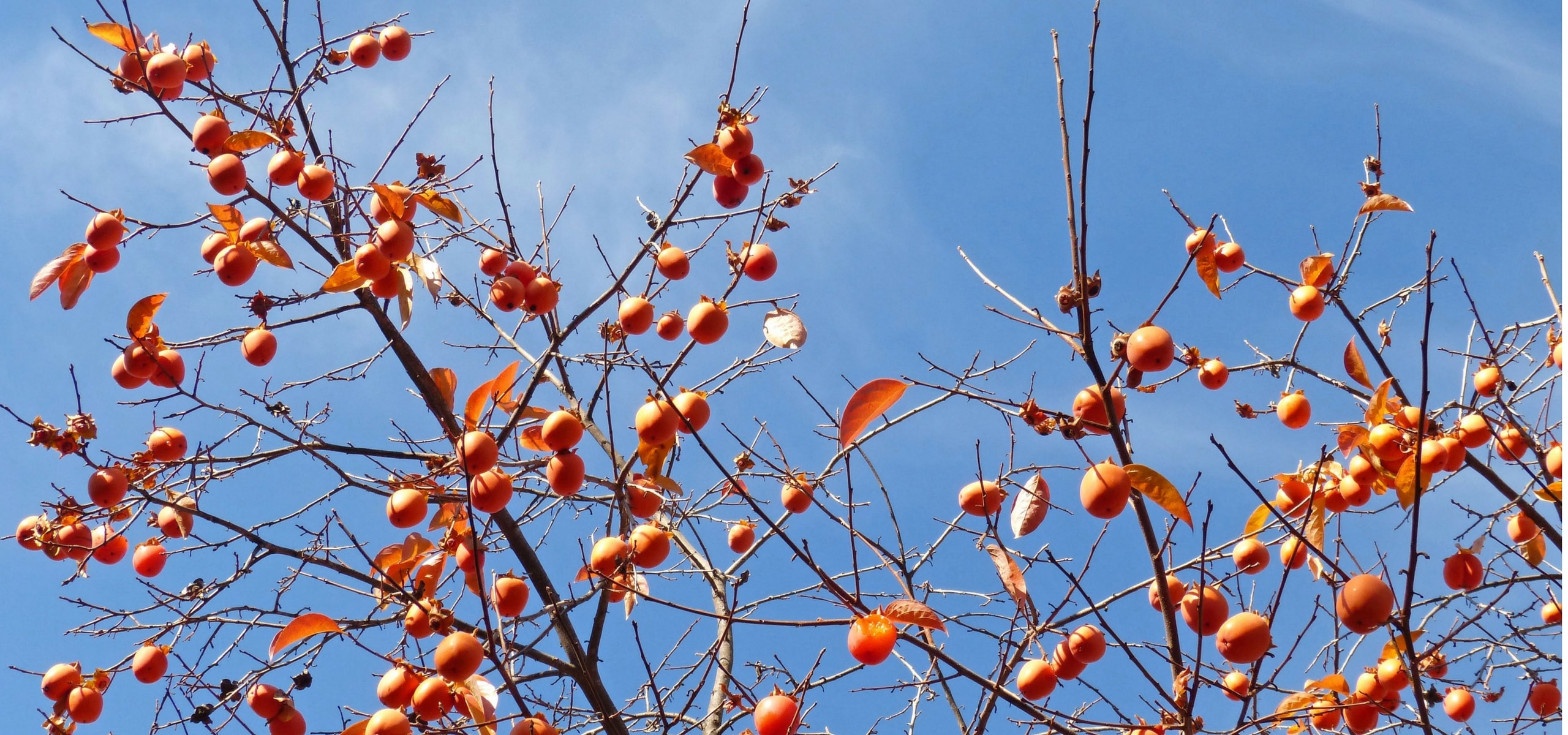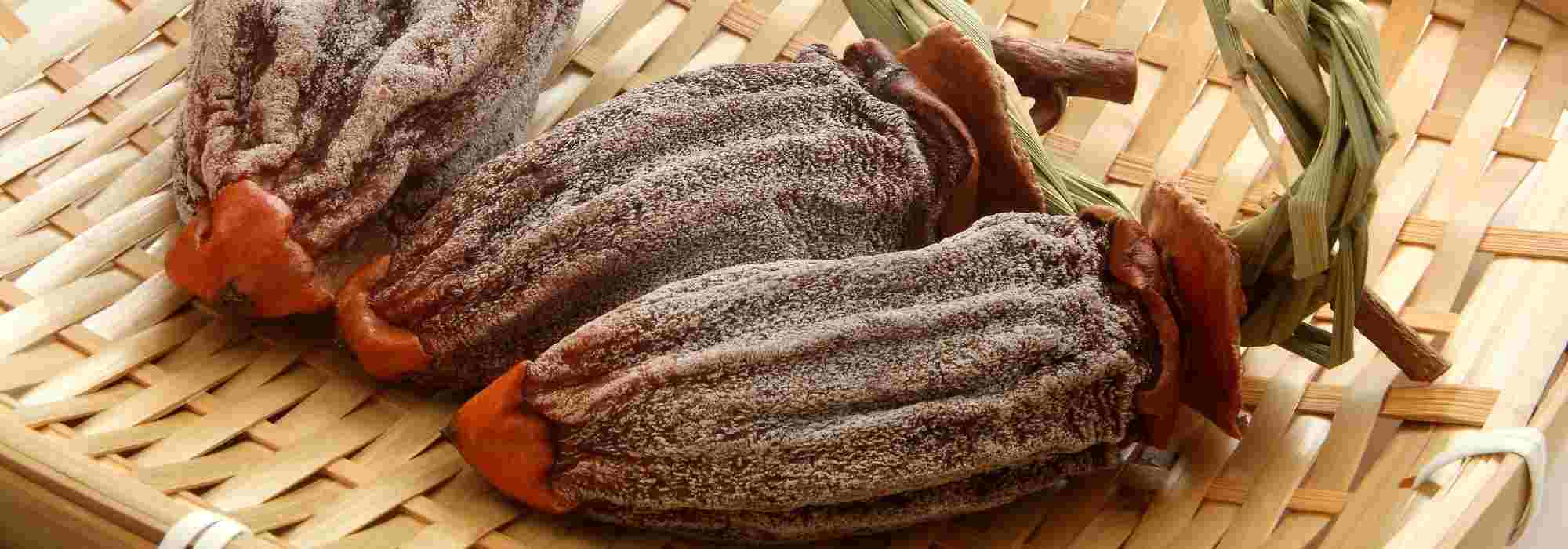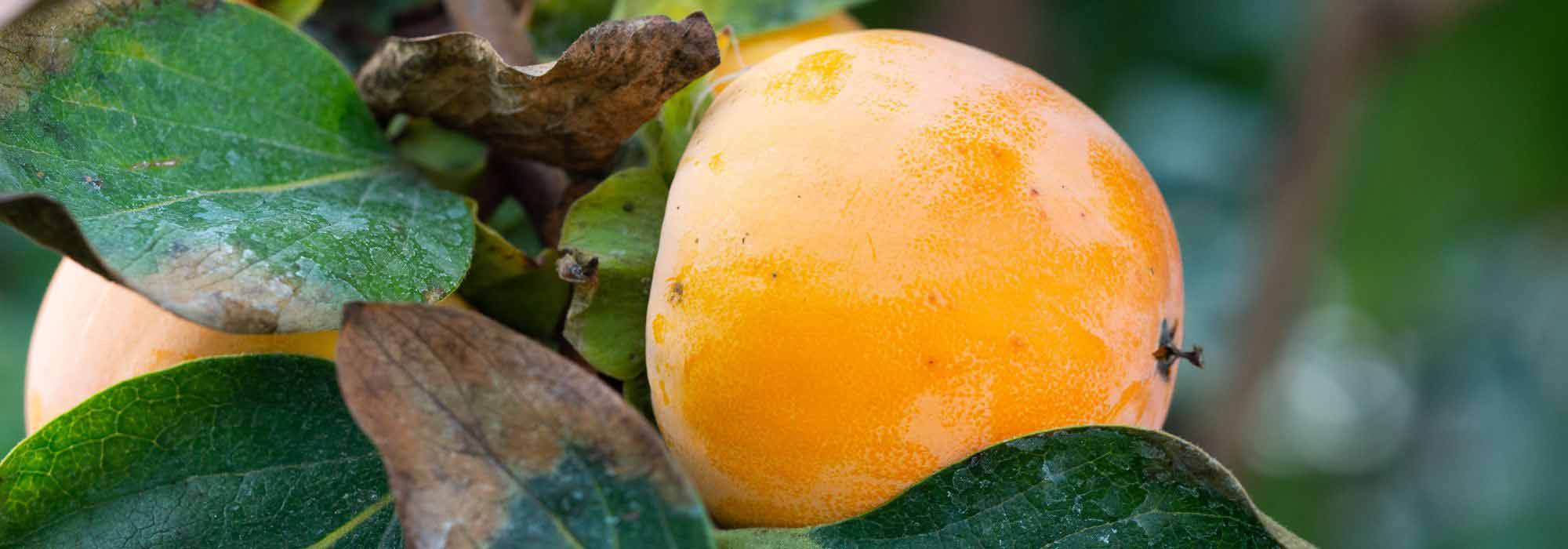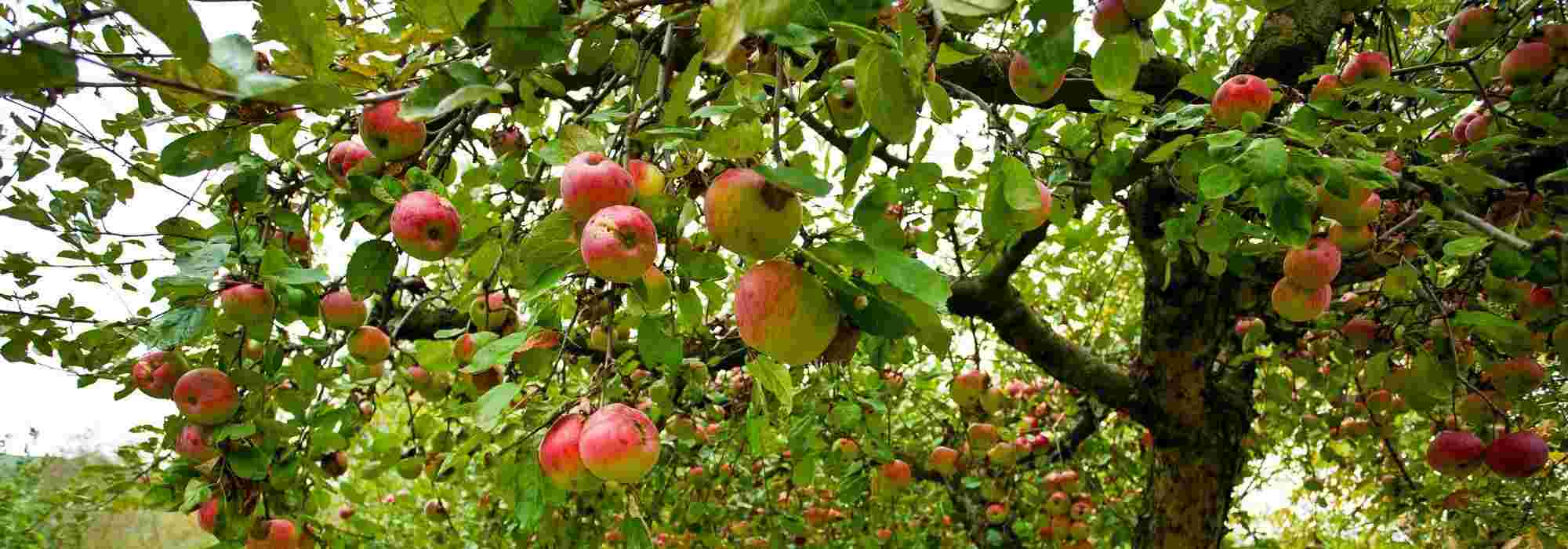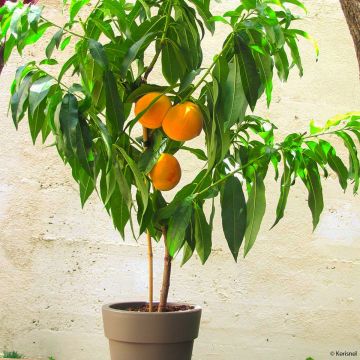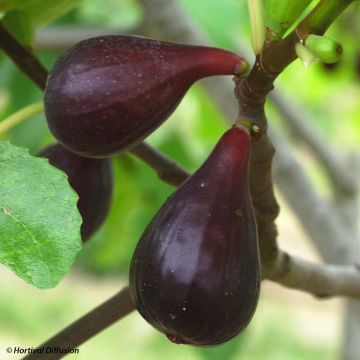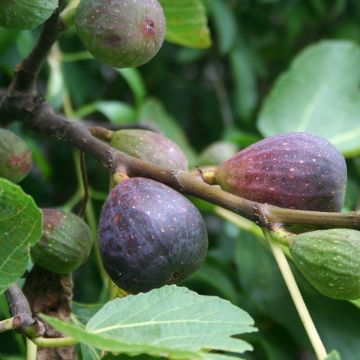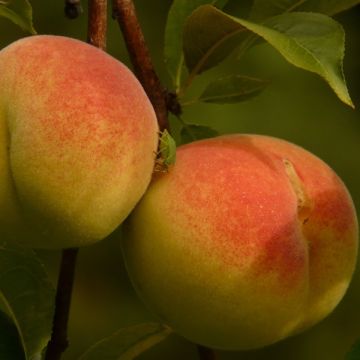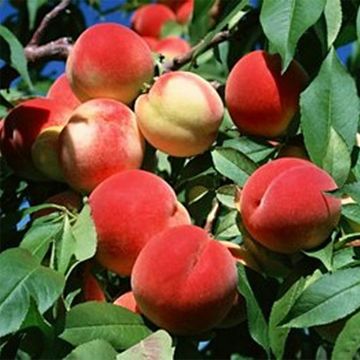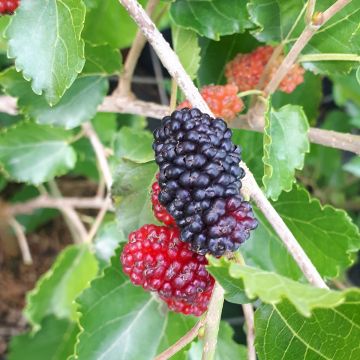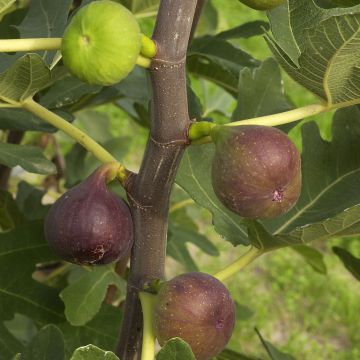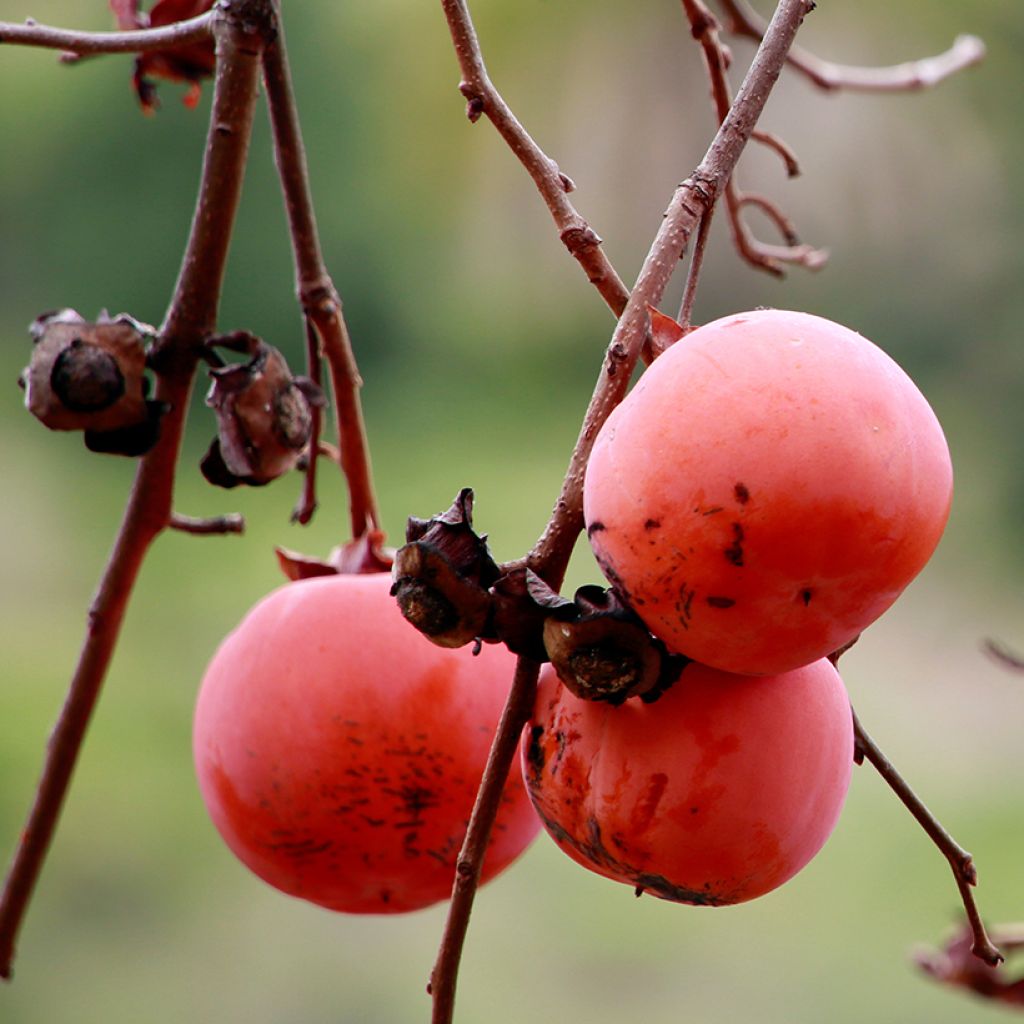

Diospyros kaki Nikita’s Gift - Persimmon
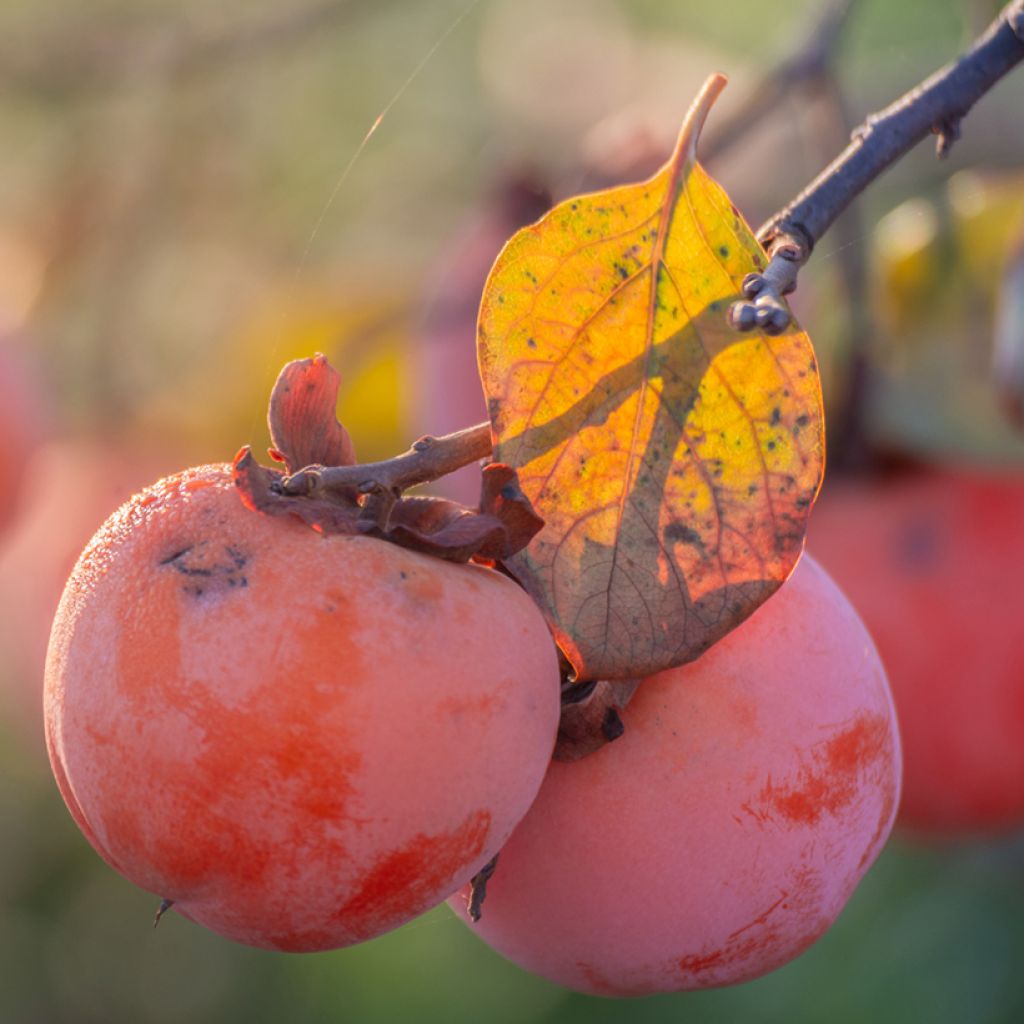

Diospyros kaki Nikita’s Gift - Persimmon
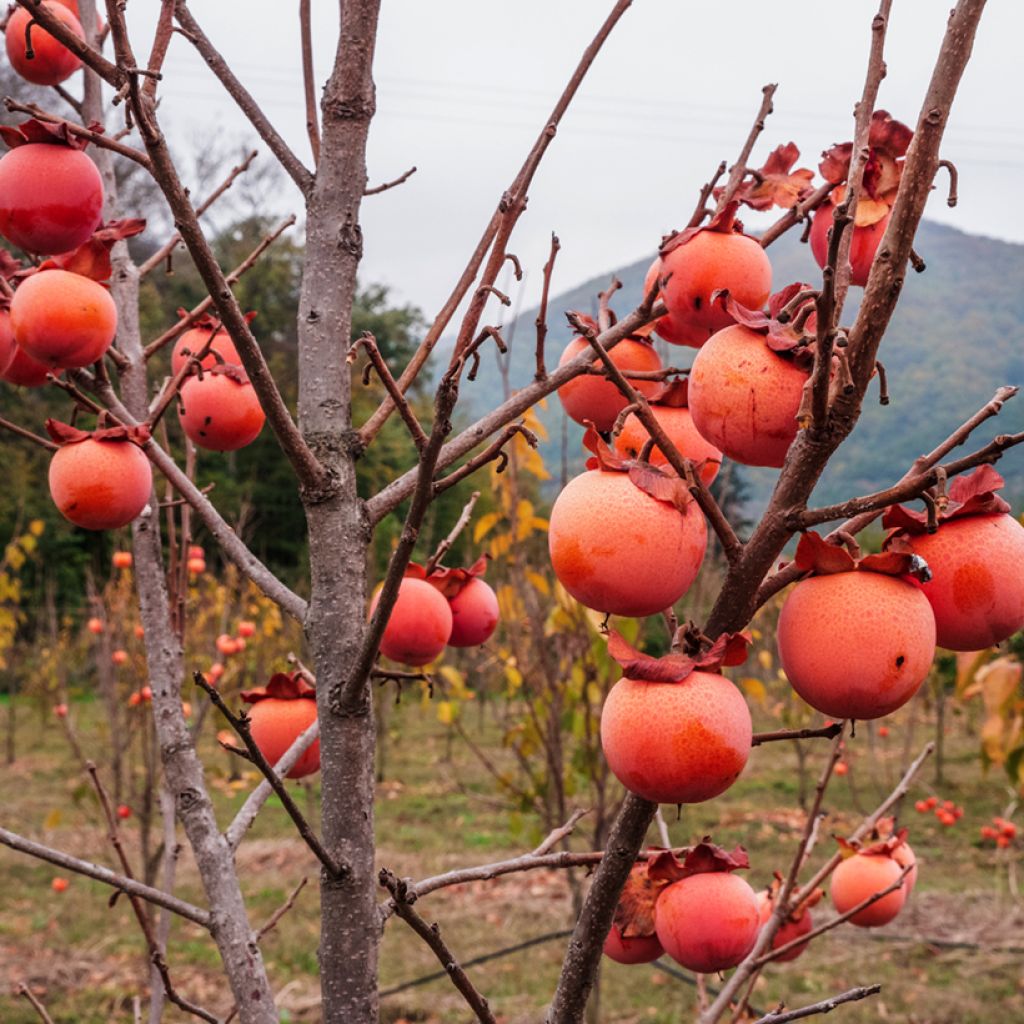

Diospyros kaki Nikita’s Gift - Persimmon
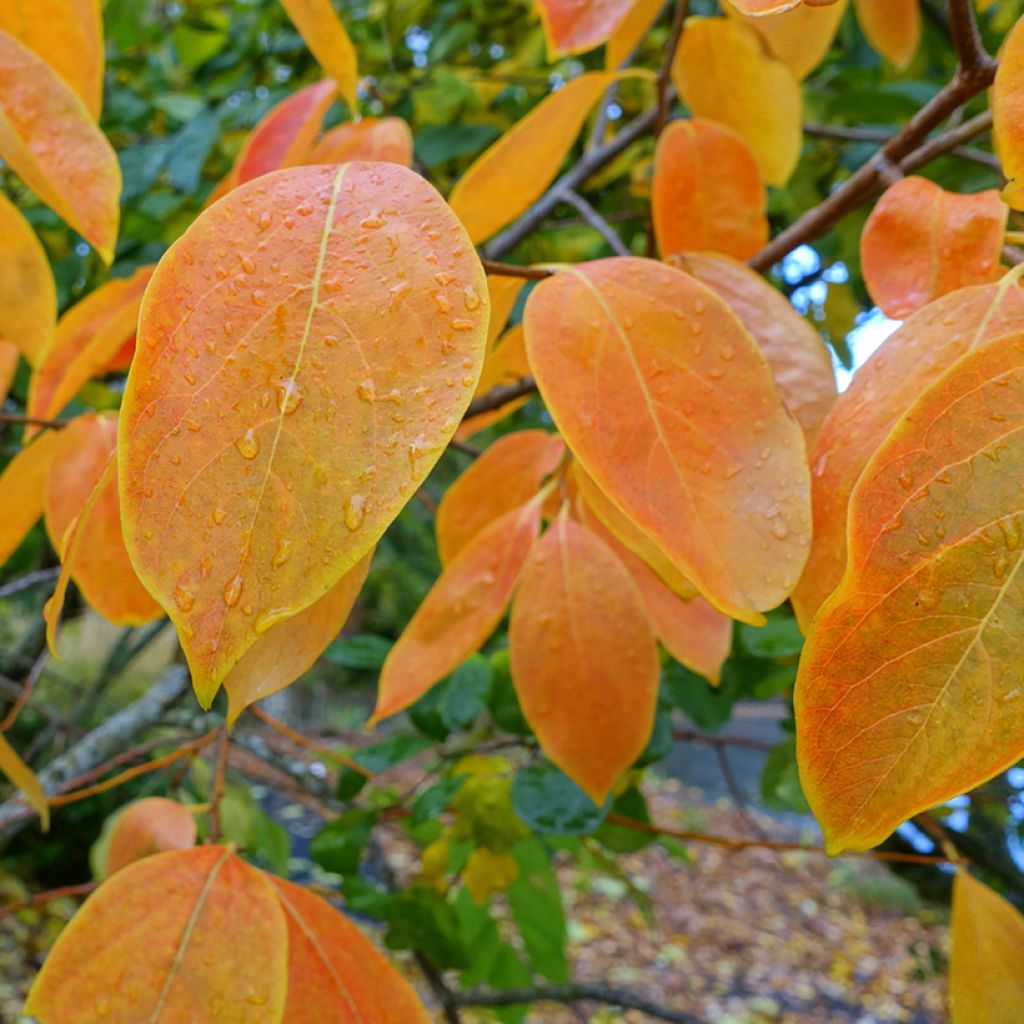

Diospyros kaki Nikita’s Gift - Persimmon
Diospyros kaki Nikita’s Gift - Persimmon
Diospyros kaki Nikita’s Gift
Persimmon, Kaki, Japanese Persimmon, Oriental Persimmon
Lovely tree, multiple qualities as described, can't wait to taste it.
bernie, 06/12/2024
Special offer!
Receive a €20 voucher for any order over €90 (excluding delivery costs, credit notes, and plastic-free options)!
1- Add your favorite plants to your cart.
2- Once you have reached €90, confirm your order (you can even choose the delivery date!).
3- As soon as your order is shipped, you will receive an email containing your voucher code, valid for 3 months (90 days).
Your voucher is unique and can only be used once, for any order with a minimum value of €20, excluding delivery costs.
Can be combined with other current offers, non-divisible and non-refundable.
Home or relay delivery (depending on size and destination)
Schedule delivery date,
and select date in basket
This plant carries a 6 months recovery warranty
More information
We guarantee the quality of our plants for a full growing cycle, and will replace at our expense any plant that fails to recover under normal climatic and planting conditions.
Description
Diospyros kaki Nikita's Gift is a fruit tree that combines the fruit qualities of the Japanese persimmon and the very good cold resistance of the American persimmon. This elegant tree offers a remarkable autumn spectacle with its flamboyant foliage and brightly coloured fruits remaining attached to the branches, even after the leaves have fallen. It is a variety known as astringent, which means that the fruit should be consumed when it becomes over-ripe and soft. It then loses its unpleasant astringent taste to make way for very aromatic sweet flavours. The fruit is of medium size, about 6 to 8 cm (2 to 3in) in diameter, and can weigh 80 to 120 grams. The skin is fairly thin and turns from green to orange when ripe, and then red when over-ripe. The orange-red flesh is tender, juicy, sweet, slightly fibrous and very flavourful with few or no seeds. The persimmon is enjoyable to eat raw in early winter or to use in various sweet or savoury recipes. The tree is self-fertile, so it is not necessary to plant another persimmon nearby to obtain fruit. It is not prone to diseases, is resistant to drought, and requires almost no maintenance.
Diospyros kaki is also known as the Persimmon or Kaki, or sometimes called the Persimmon Fig or Chinese Persimmon. It belongs to the Ebony family, like Ebony (Diospyros ebenum), with which it has one thing in common: very hard wood. Its name comes from the combination of the Greek words " Dios " (god) and " Pyros " (wheat). It is native to the Far East, particularly southern China where it has been cultivated for over 2000 years. Diospyros kaki is said to have been introduced to Europe by Joseph Banks, a botanist, who brought it back during Captain Cook's first voyage around 1768. The persimmon is the preferred fruit in many Asian countries, especially China, Korea, and Japan. It is grown in southern France, Israel, and Spain (Valencia region).
The Nikita's Gift variety, also known as Nikiskaya Bordovaya, originated from Ukraine, and some specimens are found in the Nikita Botanical Garden near Yalta in Crimea. It is a hybrid between an American persimmon (Diospyros virginiana) and a Japanese persimmon (Diospyros kaki). To date, it is one of the best persimmon hybrids and is widespread around the world, including in cold regions like Lithuania. This persimmon tree forms a vigorous, moderately slow-growing tree with a spreading habit, reaching approximately 5 to 6 metres (16 to 20 feet) high and 3 to 5 metres (10 to 16 feet) wide at maturity. It has a long lifespan, up to 100 years, and its wood becomes highly decorative with pale grey to brown bark that peels with age. Its habit is suitable for free forms on high or low stems. The deciduous foliage consists of large, ovate, pointed leaves with prominent veins. They are slightly leathery, shiny, hairy on the underside and dark green, turning autumnal shades of yellow and red. Flowering occurs around May-June, escaping spring frosts. It is a monoecious tree that produces both male and female flowers, but they are separate. The highly nectar-rich flowers are cream to pale yellow and single, measuring approximately 1.5 to 2 cm (1in) in diameter. They appear on the current year's shoots and are attached to the branch by a very short stalk. The larger, solitary female flowers occur on stronger branches, while male flowers are smaller and grouped in clusters of 2 or 3 on finer branches. This fruit tree can produce fruits from the fertilisation of female flowers by male flowers, or fruits can develop without pollination by parthenocarpy: the female flower is not fertilised, but the fruit still develops without seeds. It is a very hardy tree that can withstand temperatures around -25°C (-13°F). To ensure proper fruit ripening, it needs good sunlight.
The fruits of Nikita's Gift persimmon are harvested as soon as they turn reddish, from mid-October, and the harvest continues until the first frost, as they ripen. With relatively quick fruiting, around 3 to 4 years, optimal production of persimmons is achieved after 6 to 8 years. An adult persimmon tree (between 10 and 20 years old) produces an average of 50 to 70 kilograms of fruit per year. Since persimmons are fragile, they are harvested with a picking pole or manually with care. They should be consumed quickly when ripe and slightly soft to the touch. Their flavour is significantly enhanced and their astringency is much reduced when they are harvested over-ripe after a light frost, at which point the skin is no longer astringent. It is also possible to harvest them when still firm and allow them to ripen indoors, wrapped in newspaper with the stem pointing down, near apples. For longer storage, storing at low temperatures (-1 to +1°C (33.8°F)) allows the fruit to be kept for 2 to 4 months. Persimmons lose their astringency when dried, so they can be stored in this form.
Persimmons, with their soft, smooth, and honey-like flesh, can be eaten fresh, scooped with a spoon. They blend well in fruit salads. In cooking, they reveal all their flavours when transformed into jam, compote, jelly, or used to make crumbles, cakes, or as accompaniments to savoury dishes. The leaves can be used to make persimmon leaf tea, a commonly served infusion, sometimes mixed with camellia tea, in China, Korea, and Japan. Low in acidity and low in calories, persimmons are particularly rich in carbohydrates, fibre, and carotenoids. They are also rich in antioxidants, provitamin A, and minerals (copper and potassium, calcium, phosphorus), and in smaller quantities, magnesium, sodium, and trace elements.
With its advantages, the persimmon should be planted in the garden, on a lawn, in an orchard, or as part of an edible hedge. It is very ornamental with its spreading habit and can provide shade in summer. It brings a lot of pleasure to the owner. You can easily find the variety that suits you among a wide range of persimmons.
Diospyros kaki Nikita’s Gift - Persimmon in pictures
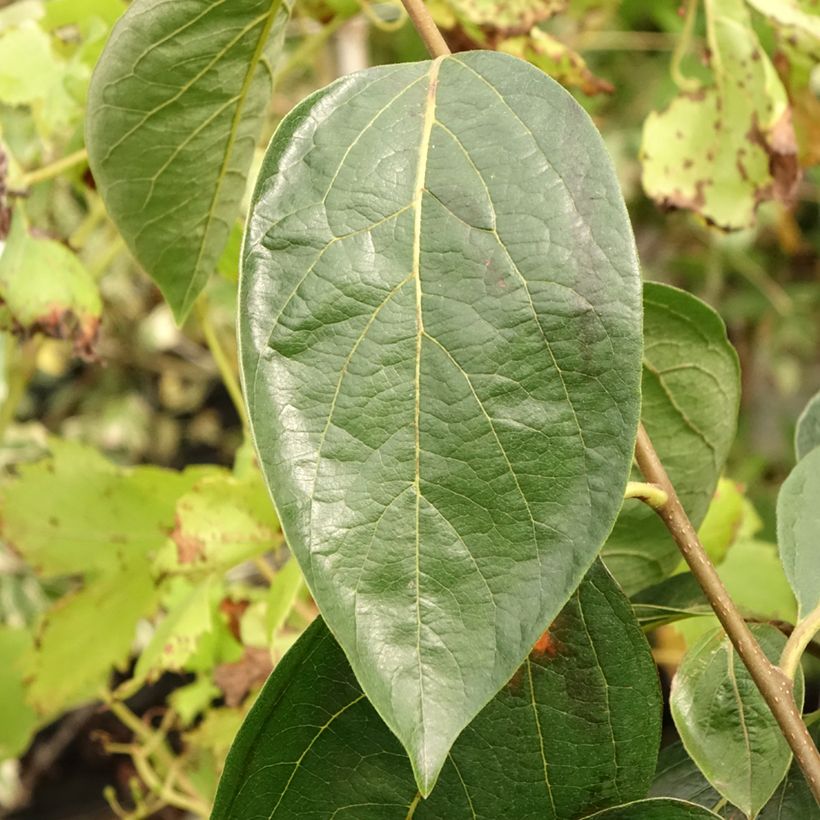

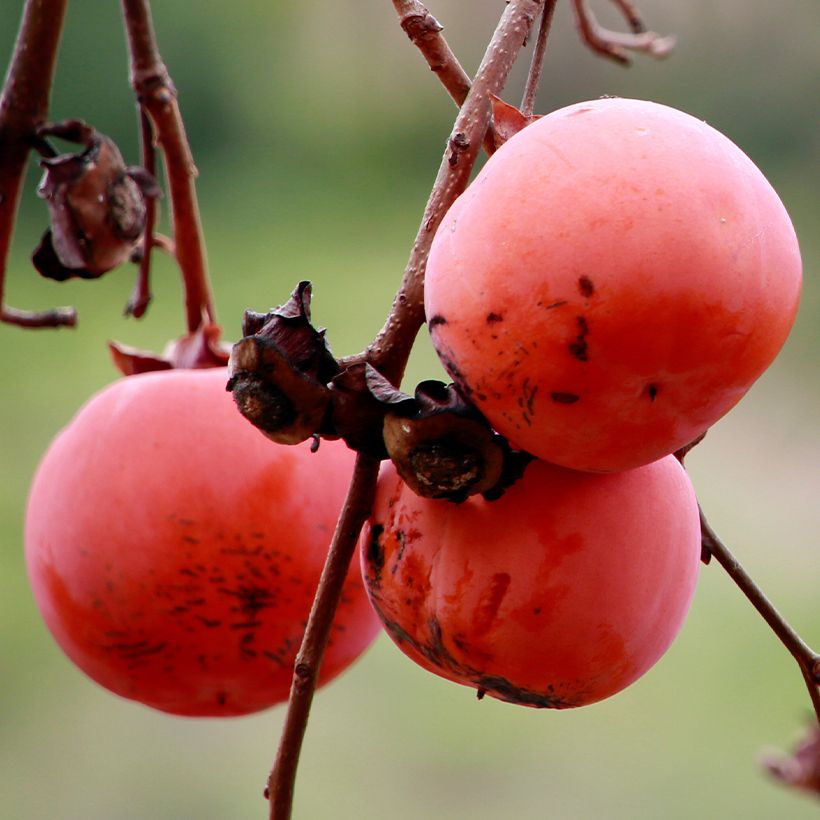

Plant habit
Fruit
Flowering
Foliage
Botanical data
Diospyros
kaki
Nikita’s Gift
Ebenaceae
Persimmon, Kaki, Japanese Persimmon, Oriental Persimmon
Cultivar or hybrid
Other Persimmon trees - Diospyros
View all →Planting and care
Plant Nikita's Gift Persimmon in autumn-winter, outside the freezing period, or in spring, with regular watering. Choose a sheltered and sunny location. The Chinese Persimmon thrives in various types of soil, preferably neutral or slightly acidic (it dislikes excess limestone). It thrives in well-drained and rich soils and tolerates water shortage quite well in summer, especially in deep soil. If you plant multiple young plants, space them 5 to 7 m (16 to 23ft) apart in all directions.
Soak the root ball in water before planting. Dig a hole 3 to 4 times the volume of the root ball, making sure to separate the bottom soil from the topsoil. Mix the bottom soil with bonemeal and well-rotted compost or potting soil, then pour this mixture into the planting hole. Install a stake. Place the root ball, without burying the collar, cover it with the topsoil and firm it down. Form a basin around the base and water generously. Attach the stake to the plant, crossing the tie in a figure of eight, without touching the trunk. Watering should be regular in the first year and then as needed, mainly in high temperatures.
Every year in spring, apply well-rotted compost by surface scratching, taking care not to damage the roots.
The Persimmon is resistant to diseases and pests, so no treatment is necessary.
Planting period
Intended location
Care
Planting & care advice
-
, onOrder confirmed
Reply from on Promesse de fleurs
Similar products
Haven't found what you were looking for?
Hardiness is the lowest winter temperature a plant can endure without suffering serious damage or even dying. However, hardiness is affected by location (a sheltered area, such as a patio), protection (winter cover) and soil type (hardiness is improved by well-drained soil).

Photo Sharing Terms & Conditions
In order to encourage gardeners to interact and share their experiences, Promesse de fleurs offers various media enabling content to be uploaded onto its Site - in particular via the ‘Photo sharing’ module.
The User agrees to refrain from:
- Posting any content that is illegal, prejudicial, insulting, racist, inciteful to hatred, revisionist, contrary to public decency, that infringes on privacy or on the privacy rights of third parties, in particular the publicity rights of persons and goods, intellectual property rights, or the right to privacy.
- Submitting content on behalf of a third party;
- Impersonate the identity of a third party and/or publish any personal information about a third party;
In general, the User undertakes to refrain from any unethical behaviour.
All Content (in particular text, comments, files, images, photos, videos, creative works, etc.), which may be subject to property or intellectual property rights, image or other private rights, shall remain the property of the User, subject to the limited rights granted by the terms of the licence granted by Promesse de fleurs as stated below. Users are at liberty to publish or not to publish such Content on the Site, notably via the ‘Photo Sharing’ facility, and accept that this Content shall be made public and freely accessible, notably on the Internet.
Users further acknowledge, undertake to have ,and guarantee that they hold all necessary rights and permissions to publish such material on the Site, in particular with regard to the legislation in force pertaining to any privacy, property, intellectual property, image, or contractual rights, or rights of any other nature. By publishing such Content on the Site, Users acknowledge accepting full liability as publishers of the Content within the meaning of the law, and grant Promesse de fleurs, free of charge, an inclusive, worldwide licence for the said Content for the entire duration of its publication, including all reproduction, representation, up/downloading, displaying, performing, transmission, and storage rights.
Users also grant permission for their name to be linked to the Content and accept that this link may not always be made available.
By engaging in posting material, Users consent to their Content becoming automatically accessible on the Internet, in particular on other sites and/or blogs and/or web pages of the Promesse de fleurs site, including in particular social pages and the Promesse de fleurs catalogue.
Users may secure the removal of entrusted content free of charge by issuing a simple request via our contact form.
The flowering period indicated on our website applies to countries and regions located in USDA zone 8 (France, the United Kingdom, Ireland, the Netherlands, etc.)
It will vary according to where you live:
- In zones 9 to 10 (Italy, Spain, Greece, etc.), flowering will occur about 2 to 4 weeks earlier.
- In zones 6 to 7 (Germany, Poland, Slovenia, and lower mountainous regions), flowering will be delayed by 2 to 3 weeks.
- In zone 5 (Central Europe, Scandinavia), blooming will be delayed by 3 to 5 weeks.
In temperate climates, pruning of spring-flowering shrubs (forsythia, spireas, etc.) should be done just after flowering.
Pruning of summer-flowering shrubs (Indian Lilac, Perovskia, etc.) can be done in winter or spring.
In cold regions as well as with frost-sensitive plants, avoid pruning too early when severe frosts may still occur.
The planting period indicated on our website applies to countries and regions located in USDA zone 8 (France, United Kingdom, Ireland, Netherlands).
It will vary according to where you live:
- In Mediterranean zones (Marseille, Madrid, Milan, etc.), autumn and winter are the best planting periods.
- In continental zones (Strasbourg, Munich, Vienna, etc.), delay planting by 2 to 3 weeks in spring and bring it forward by 2 to 4 weeks in autumn.
- In mountainous regions (the Alps, Pyrenees, Carpathians, etc.), it is best to plant in late spring (May-June) or late summer (August-September).
The harvesting period indicated on our website applies to countries and regions in USDA zone 8 (France, England, Ireland, the Netherlands).
In colder areas (Scandinavia, Poland, Austria...) fruit and vegetable harvests are likely to be delayed by 3-4 weeks.
In warmer areas (Italy, Spain, Greece, etc.), harvesting will probably take place earlier, depending on weather conditions.
The sowing periods indicated on our website apply to countries and regions within USDA Zone 8 (France, UK, Ireland, Netherlands).
In colder areas (Scandinavia, Poland, Austria...), delay any outdoor sowing by 3-4 weeks, or sow under glass.
In warmer climes (Italy, Spain, Greece, etc.), bring outdoor sowing forward by a few weeks.






























